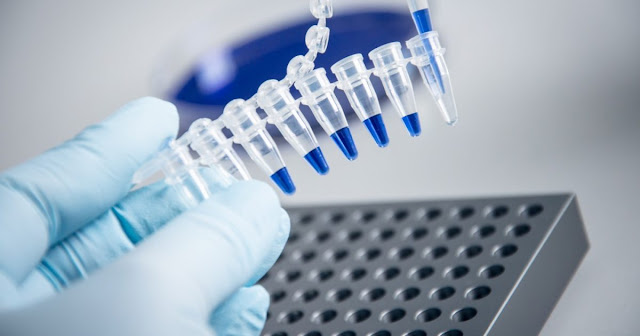Polymerase Chain Reaction method utilizes a cell's intrinsic processes for making a new DNA strand
 |
| Polymerase Chain Reaction Market |
Polymerase chain reaction (PCR) is a technique for quickly
and precisely making many copies of a given section of DNA. Investigators can
use the polymerase chain reaction to extract huge amounts of DNA for numerous
investigations and procedures in molecular biology, forensic analysis,
evolutionary biology, and medical diagnostics.
Kary B. Mullis, an American biochemist who earned the Nobel
Prize for Chemistry in 1993 for his discovery, invented PCR in 1983. The
methods utilised to amplify, or make copies of, recombinant DNA fragments
before the invention of Polymerase Chain Reaction were time-consuming and
labor-intensive. A machine built to do PCR reactions, on the other hand, can
complete several rounds of replication in a matter of hours, making billions of
copies of a DNA fragment.
The global polymerase
chain reaction market was valued
at US$ 3.7 billion in 2017 and is expected to witness a CAGR of 8.8% over the forecast period
(2017 – 2025).
The Polymerase Chain Reaction method is based on a cell's
intrinsic processes for replicating a new DNA strand. For PCR, only a few
biological elements are required. The template DNi, or DNA that contains the
region to be duplicated, such as a gene, is a critical component. A template
can be as small as one DNA molecule. The sequence of two short nucleotide
segments at either end of the region of interest is all that is required to
replicate this fragment. These two short template sequences must be known in
order to create two primers with short nucleotide stretches that match the
template sequence. The primers bind to the template at their complementary
sites, or anneal, and serve as the starting point for copying. The synthesis of
DNA at one primer is directed to the other, resulting in replication of the
intervening segment. Free nucleotides and a DNA polymerase, an enzyme that
builds new DNA strands by successively adding on free nucleotides according to
the template's instructions, are also required.



Comments
Post a Comment